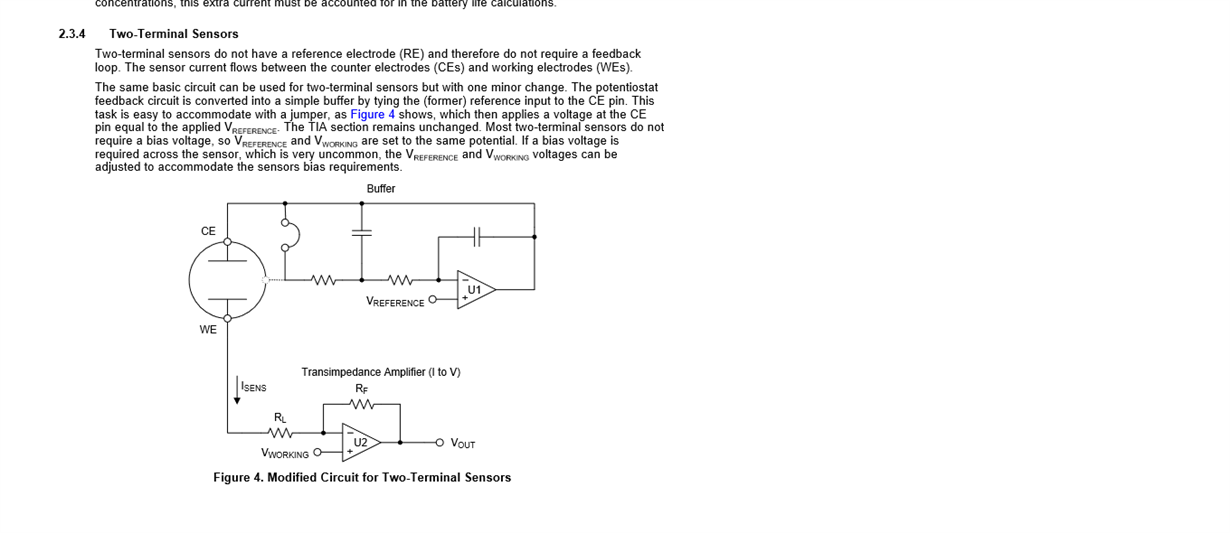Other Parts Discussed in Thread: ADS1220, ADS124S06
Hello,
Can i use ads1248 as a ADC to read a gas sensor? or is it used only for temperature measurements?
what is the input interface circuit if i am connecting it to a two electrode gas sensor which gives output current in tens of microamps?
regards
srilatha


